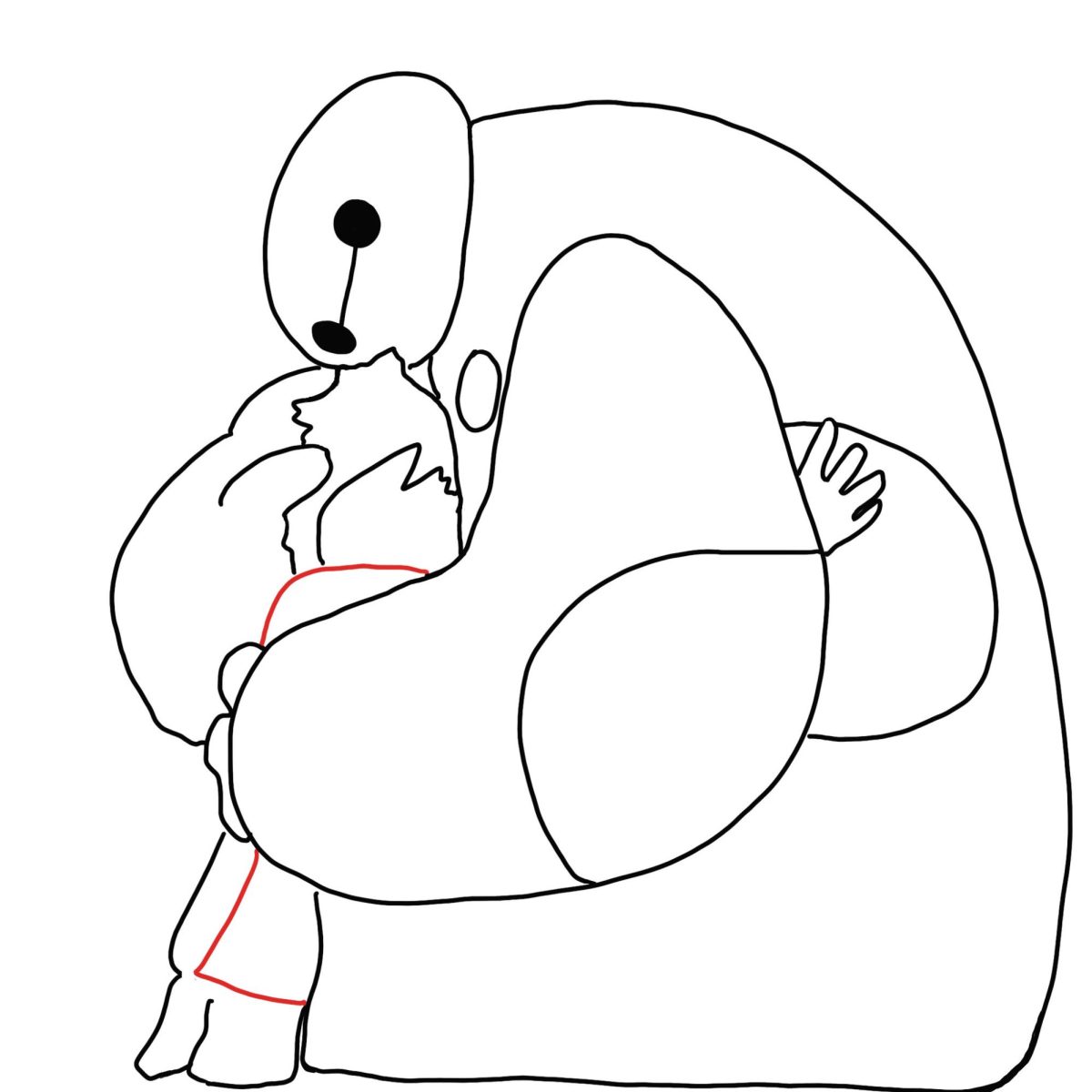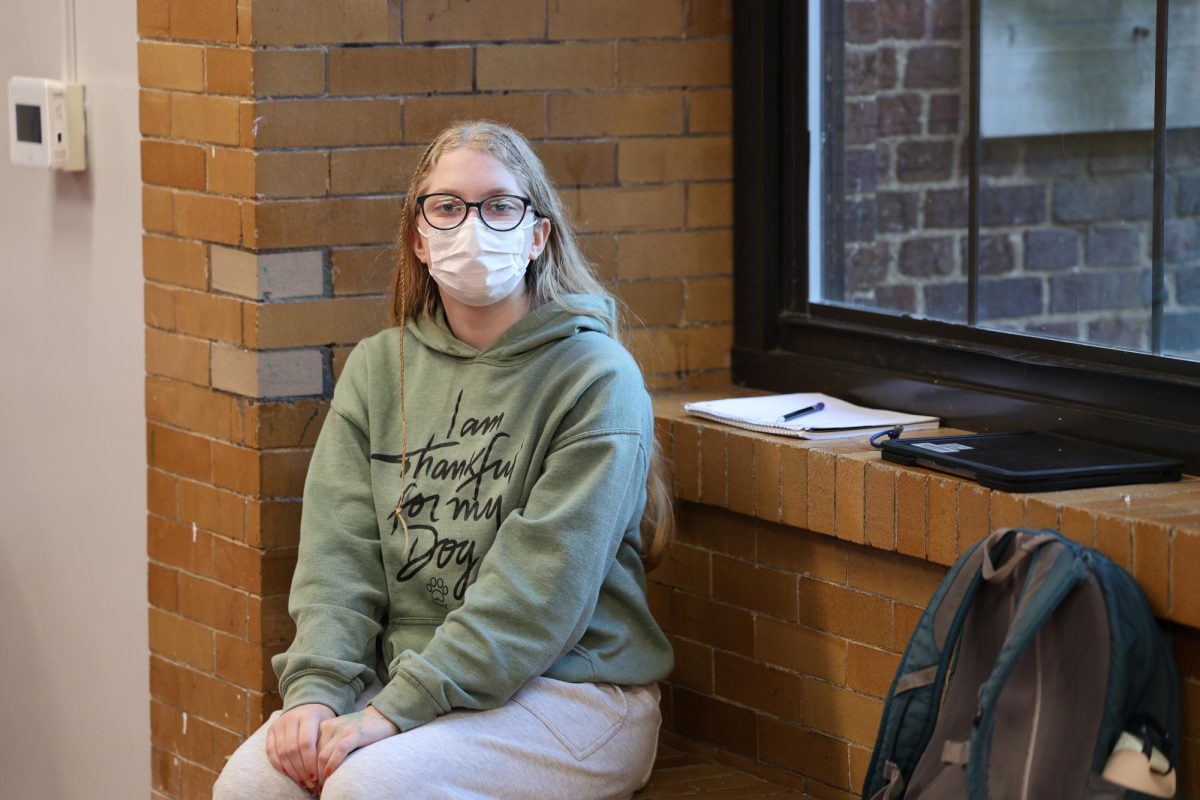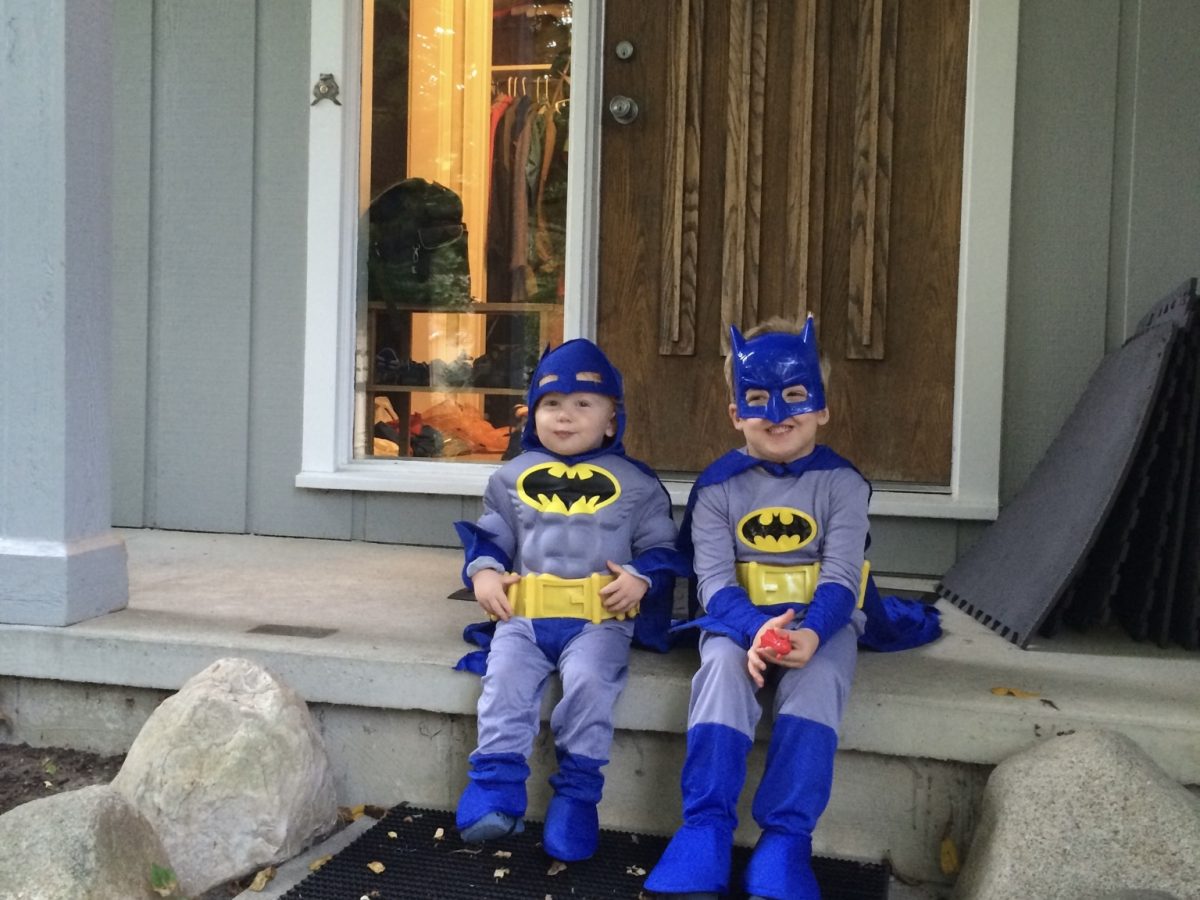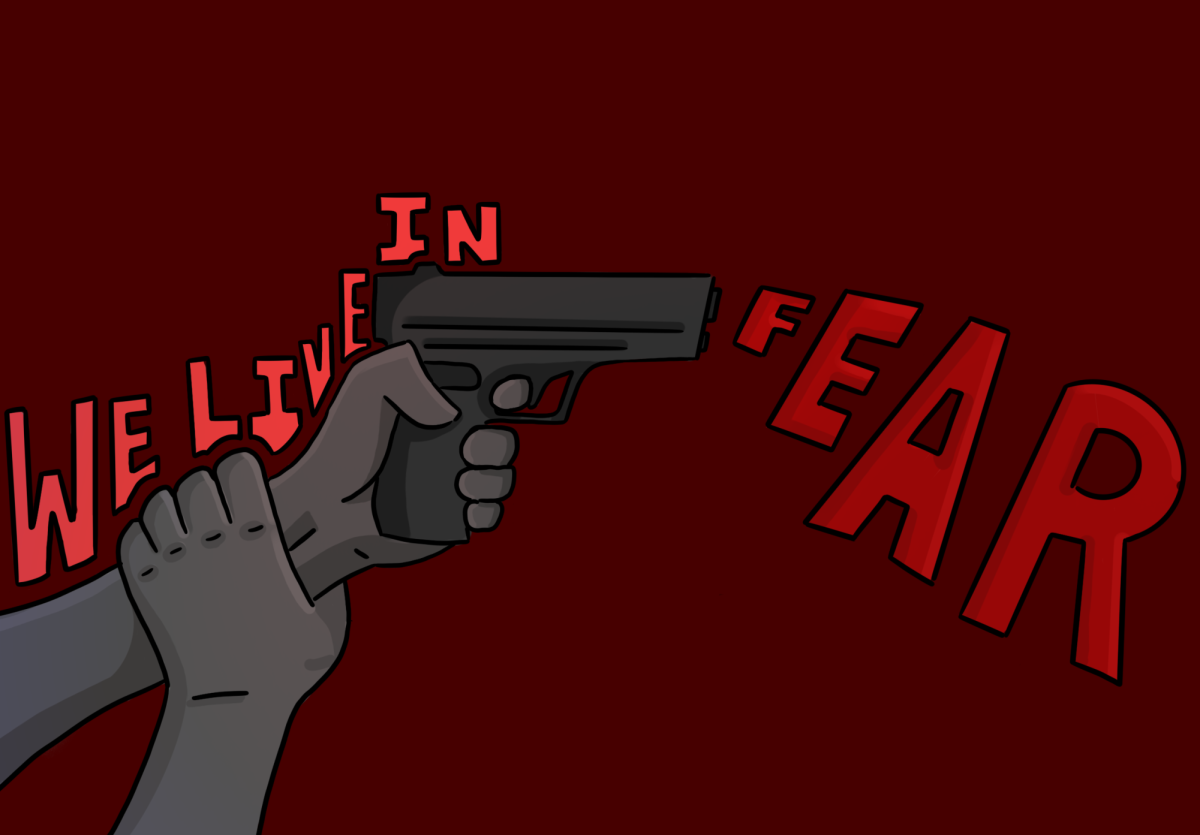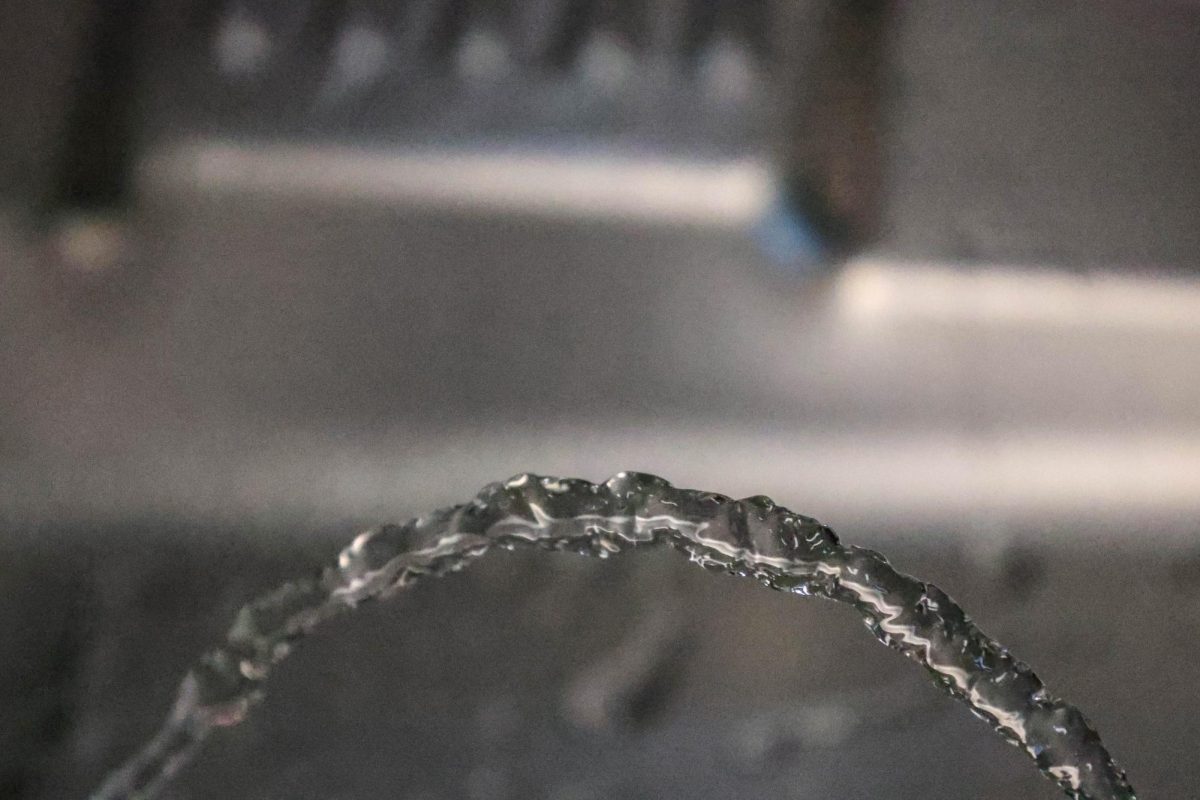When babies are born, they enter the world experiencing a high level of physical contact. For nine months, a baby has been tightly connected to another human. After babies are born, and separated from this connection, they require enormous physical contact.
A newborn baby experiences positive touch in various ways, such as being held and rocked to sleep or having their diaper changed. Even small acts of physical contact teach a baby that their body is a safe place, which further grows confidence.
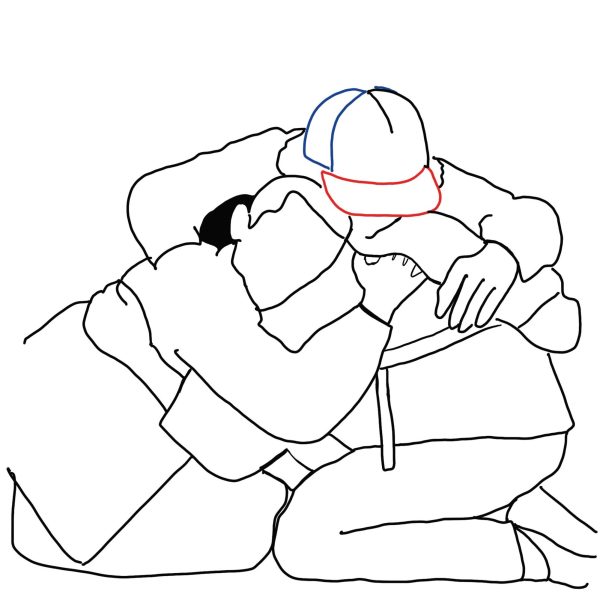
When a person receives physical touch, a hug for example, there is a sense of security and calmness; those feelings release neurochemicals — serotonin, oxytocin, and dopamine, in the brain. Serotonin, oxytocin, and dopamine are neurochemicals known as the “happy hormones” of the brain. When a newborn does not experience “happy hormones’’ from touch, there is touch deprivation. In severe situations, with touch deprivation, research has shown that children are more likely to suffer from attachment disorders, and they tend to be more violent.
Sexual health and trauma therapist Heidi Sproull further explained the necessity of physical contact for children.
“Human bodies are driven for touch, and if a child is not getting positive touch, they will seek negative touch: pushing and shoving, biting, kicking — an emotional outburst occurs,” Sproull said. “It’s how a developing brain and body learn where they begin and end and where the rest of the world begins.”
In other words, it’s how we learn boundaries. These interactions are critical to emotional development.
It has been proven that people who experience more physical contact have a longer life, less disease, and are less prone to depression and people who are not exposed to physical contact experience increased mental health troubles.
“People who don’t get enough touch have more depression, have more anxiety, and in extreme cases, can develop different chronic pain disorders just from not getting enough physical touch,” Sproull said. “When a person does not receive enough physical touch, it can lead to feelings of insecurity, shame, and not belonging.”
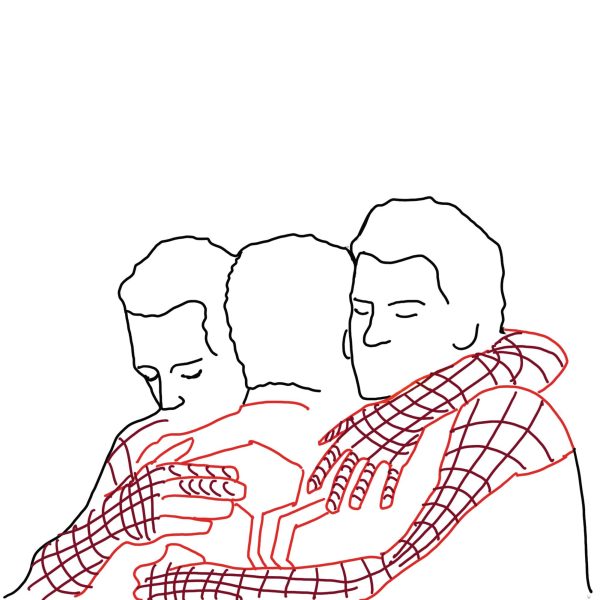
Sproull discussed the mental development missed when a young adult does not receive an average amount of physical contact.
“What happens is they learn that their body is not worthwhile, and it creates a fundamental feeling of shame and that it is not seen as a vehicle for positive connection,” Sproull said. “A kid can withdraw, avoid eye contact, and avoid deeper and more intimate conversation — it’s not just touch.”
Hugs can also create bonds within a family. Micah Stevens family is one example. In between the playful roughhousing and wrestling with his brothers, Stevens received many hugs from his mother as a child.
“My mom in particular gave me a lot of hugs when I was younger, and then I’d play-fight with my brothers,” Stevens said.
Lydia DeBord believes that before she gives a hug to a person, an emotional connection has to be built.
“I’m not someone who will meet a new person and then hug them. A connection has to be built first, emotional then physical, but the physical is earned in my opinion,” DeBord explained. “Hugs say ‘I like you.’ You mean something to me clearly, and I’m acknowledging your existence in a physical way.”
Samantha Magee emphasized how relationships become deeper and more meaningful through physical contact.
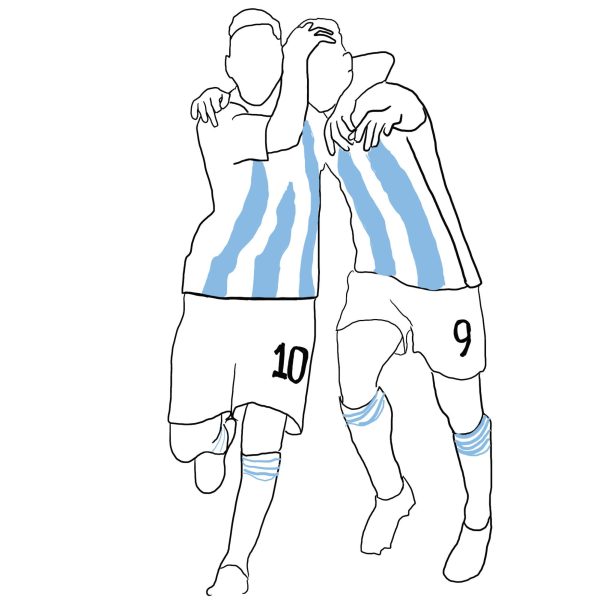
“Physical connection is important when building connections with people because it adds a layer of interpersonal communication,” Magee said.
Blen O’Brien finds comfort and a sense of security in both receiving and giving hugs. O’Brien remembers being hugged from a young age by her family, particularly her father. In the O’Brien family, Mr. O’Brien is known as the hugger of the family. “Sometimes he just hugs us randomly throughout the day for us to know, hey, I’m here for you.”
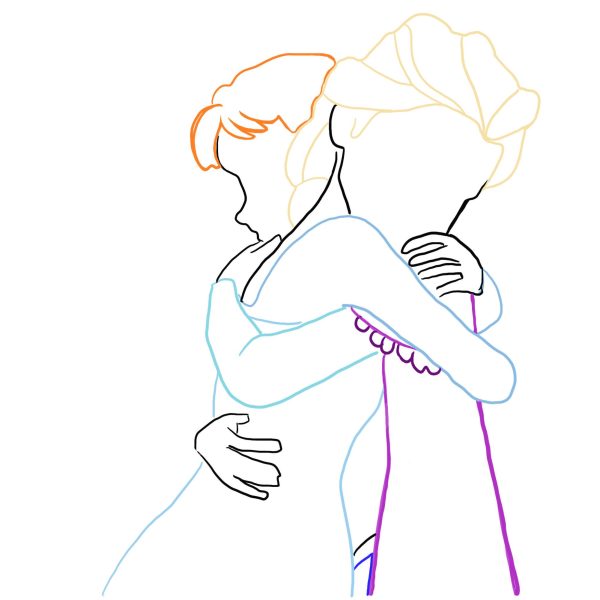
A hug speaks more powerfully than words. When O’Brien hugs her friends, it shows her friends that she cares for them and that she is present with them, without speaking. Hugs are a nonverbal form of speaking that forms deeper connections.
Sally Kope, a former sexual health therapist and author of “Sex Matters for Women,” shared a story of a connection made through a hug.
Her husband, Marty Kope, and the young chef at their senior living home formed a connection through a hug.
When Sally Kope had asked the chef if she could reserve a room for Marty’s 90th birthday party the young chef imparted some wisdom.
“Sally, every morning, every time I see Marty, he hugs me,” the chef said. The hug carried meaning for the chef and for Marty — so much that the chef didn’t charge the couple for the wine that they had requested for the party.
Physical touch builds the connections that we long for as humans. Connections make people happy. Connections make people feel safe and loved. Handshakes and hugs are more than a greeting; they form relationships. “Touch is not simply a concept or something that’s nice. It’s essential,” Kope said. “Hugs are reaffirming. I belong. I’m here.”



